introduce
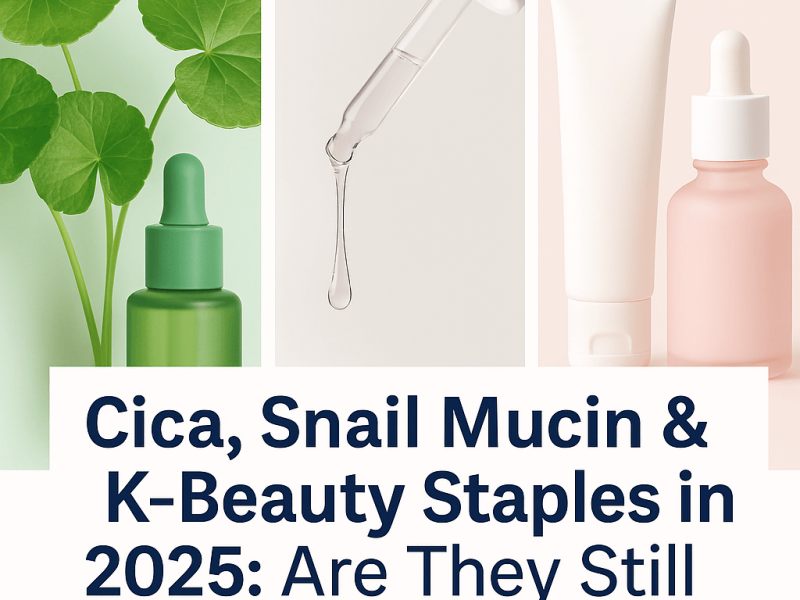
Over the past decade, K-beauty has given the global skincare industry some of its most iconic ingredients—Cica and Snail Mucin topping the list. These actives, once considered niche and even quirky, became mainstream thanks to their impressive benefits and powerful storytelling. But as we enter 2025, surrounded by AI-driven formulations and clinical-grade skincare, a new question arises:
Are these once-hyped K-beauty staples still relevant, or have they been outpaced by newer innovations?
🌿 Cica in 2025: Still the Calming King?
Centella Asiatica—more affectionately known as Cica—has long been a go-to ingredient for sensitive skin. Known for its anti-inflammatory and wound-healing properties, Cica gained global popularity during the barrier-repair skincare boom. In 2025, its reign continues, but with a scientific twist.
Brands are no longer just listing “Centella Asiatica extract” on labels. Instead, they’re highlighting specific compounds like Madecassoside, Asiaticoside, and Asiatic Acid, showcasing both purity and potency. Cica is now found in multi-functional serums, barrier creams, and even scalp care, often paired with ceramides, panthenol, and microencapsulated delivery systems to boost absorption and stability.
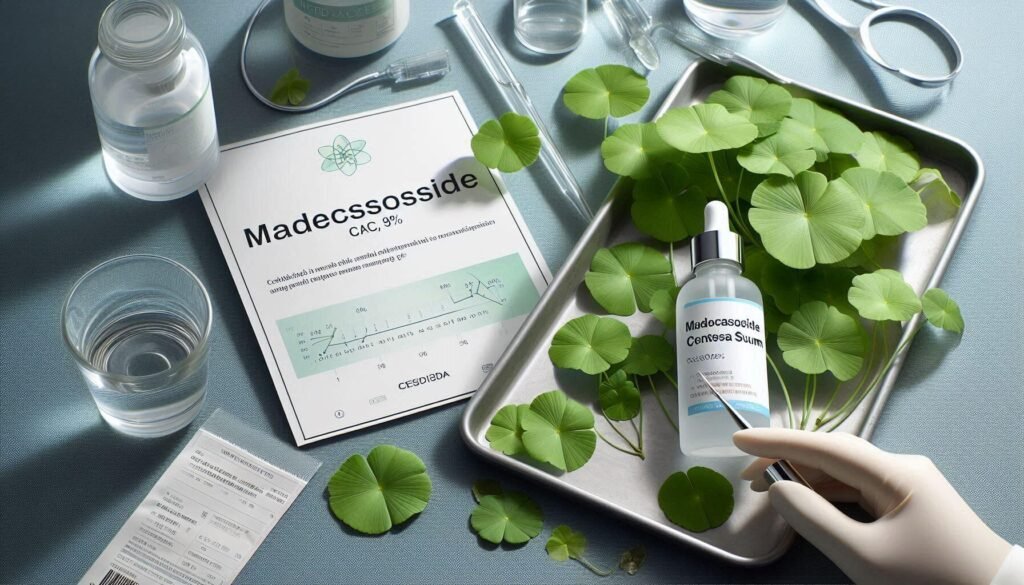
For brands targeting Gen Z and young millennials, Cica remains a solid choice—especially when backed by claims like “dermatologist-tested,” “microbiome-friendly,” or “clinically proven to calm redness within X hours.”
🐌 Snail Mucin: Slippery but Still Standing?
Snail Mucin—perhaps one of the most unique exports of K-beauty—is rich in glycoproteins, hyaluronic acid, and enzymes that support skin hydration and repair. In 2025, it still retains loyal fans, but it has also evolved beyond its slimy reputation.
Thanks to better filtration and purification technology, modern Snail Mucin products are lighter, more refined, and often formulated for post-acne recovery and anti-aging hydration. Brands are now combining it with niacinamide, peptides, and PHA exfoliants to enhance performance.
However, ethical concerns around animal-derived ingredients have prompted some brands to develop plant-based mucin alternatives using biofermentation or synthetic glycoproteins—mimicking the effects without animal involvement.
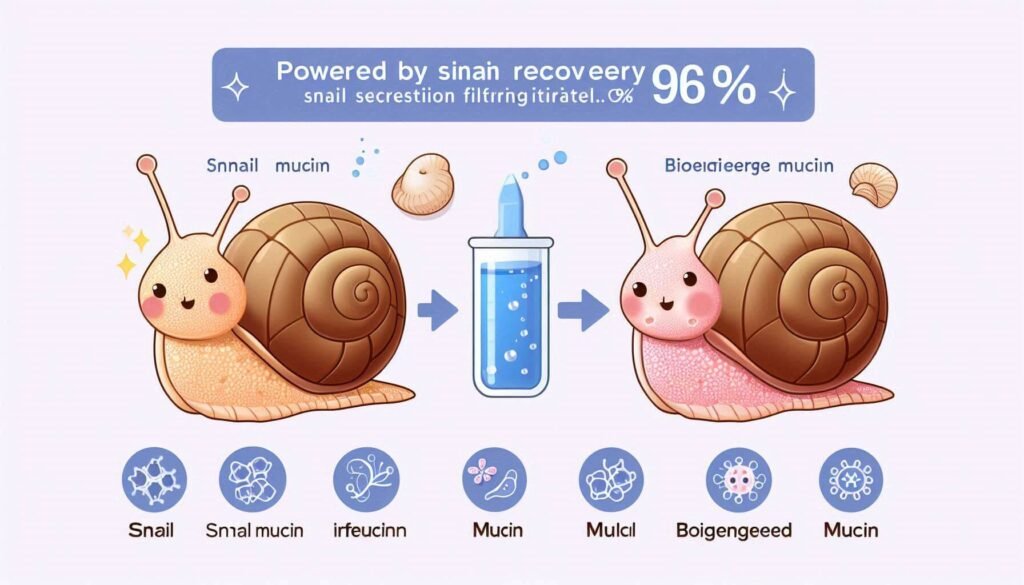
Whether real or lab-grown, mucin remains an effective story-driven ingredient—especially when wrapped in a narrative of healing, resilience, and skin regeneration.
💧 The Evolution of K-Beauty Staples: From Fad to Fundamental
In the past, K-beauty ingredients were often marketed through novelty—think bubbling masks and jelly textures. But in 2025, the focus has shifted toward science-backed benefits and ingredient transparency.
Korean brands are now leveraging R&D to stabilize traditional extracts and combine them with biotech ingredients like growth factors or encapsulated peptides.
Western brands, meanwhile, are incorporating these staples into minimalist, pH-balanced formulas for a more global appeal.
Beyond Cica and Snail Mucin, other rising K-beauty actives include Heartleaf (Houttuynia Cordata) for acne-prone skin, Propolis for antioxidant support, and Mugwort for soothing redness and irritation.
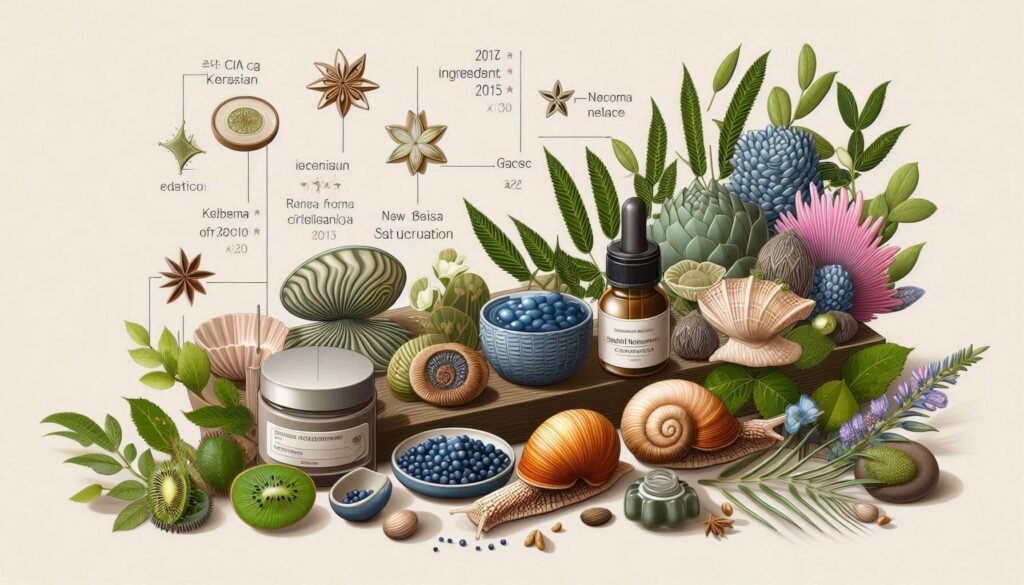
These ingredients are no longer “just trends”—they’re part of the global skincare vocabulary, valued for both their performance and marketing value.
🧪 What Skincare Brands Should Know in 2025
If you’re developing or rebranding skincare products in 2025, here’s how to position K-beauty staples like Cica and Snail Mucin in a fresh, relevant way:
Update the narrative: Focus less on tradition and more on clinical benefits, bioavailability, and skin compatibility.
Combine wisely: Pair Cica with microbiome-friendly prebiotics or neuro-soothing actives; blend Snail Mucin with ceramides or vegan peptides.
Stay transparent: Gen Z values honesty. If your mucin is animal-derived, explain its ethical sourcing; if plant-based, explain its mechanism.
Innovate packaging: Highlight your hero ingredient’s percentage and source clearly on the label. QR codes linking to lab data or sourcing info are increasingly common.
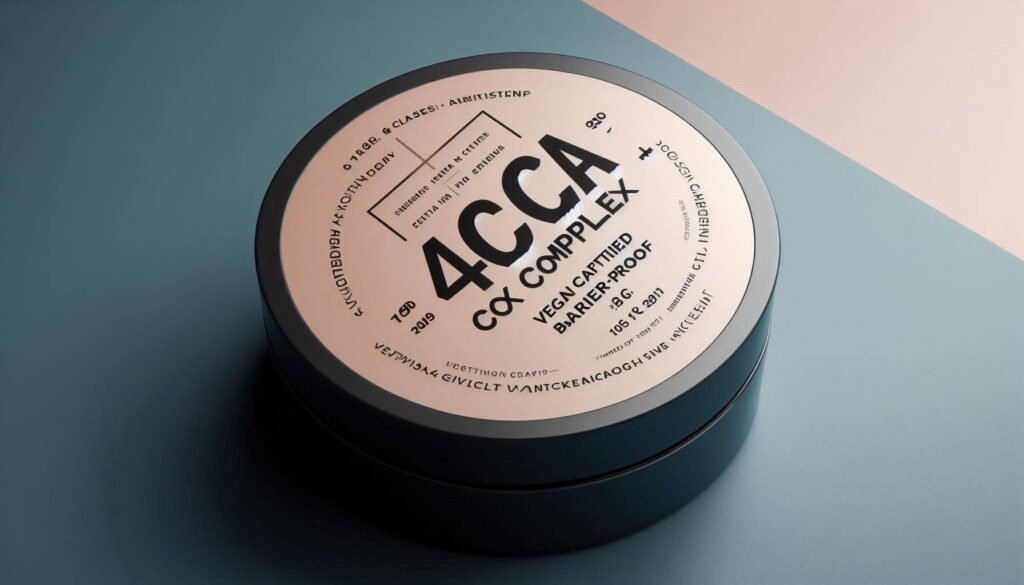
✅ Conclusion: Classic Ingredients, New Stories
So, are Cica and Snail Mucin still relevant in 2025? Absolutely—but only when modernized.
These once-novel K-beauty icons have transitioned into foundational ingredients—powerful, recognizable, and still trusted by a wide demographic. For skincare brands, the key lies in rethinking how they’re used, presented, and positioned.
Whether you’re formulating for sensitivity, hydration, or barrier repair, don’t overlook these classics. Just be ready to tell their story in a new, science-savvy, and consumer-conscious way.